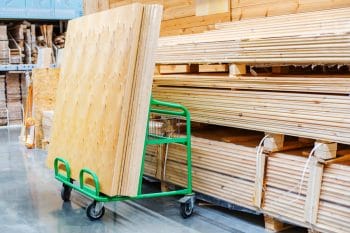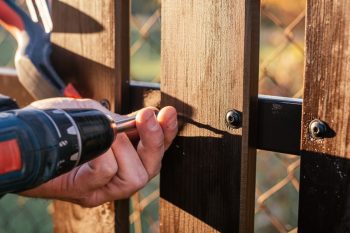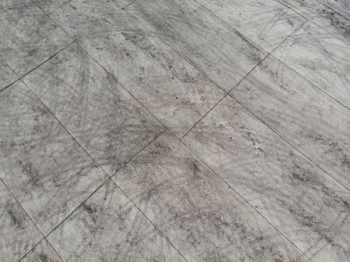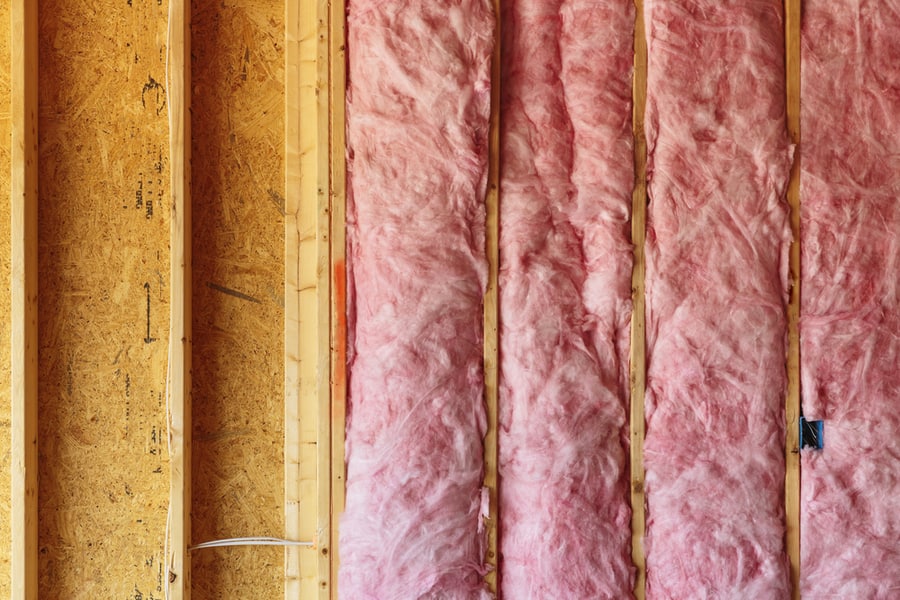
Most people think of insulation as that pink stuff with the cartoon cat on the label. That’s if they think of insulation at all.
Considering your home’s insulation levels is a prudent move for homeowners.
There are many types of insulation on the market today, and having an adequate amount in your home offers numerous benefits.
R19 and R30 are two values of insulation. The higher the R-value of insulation, the better job it does at insulating your home.
A properly insulated home reduces energy costs and helps dampen noises.
There are a variety of insulating materials available to use in your home. Identifying the correct insulator for the correct purpose is vital.
The demands on the insulation of a home vary by location. Cold and warm climates have different standards for how much insulation is required.
We will also go over how to install additional insulation in your home.
Keeping your home at a comfortable temperature makes you feel better but can also help lower your energy bills. We will examine the difference between R19 and R30 insulation and see which is correct for your walls, ceilings, attic, or crawlspace.
Why Insulate?

Insulation provides an important barrier between our homes and the outdoor elements. The higher the R-value of insulation, the better job it does of insulating.
Basic thermodynamics tells us that heat is always trying to go from warm to cold.
During the cold months, insulation slows heat transfer from our homes into the cold atmosphere.
In the warm months, insulation keeps our homes from losing cold, conditioned air to the warm weather.
Insulation also acts as a sound barrier. Having a well-insulated home can help deaden noises coming from the street.
Insulation in our homes can also reduce the noise from running pipes, flushing toilets, and sounds that travel between rooms.
Types of Insulating Materials
There are several materials available to insulate our homes:
- Fiberglass is the most common and is available as rolls or as “blown-in” insulation used for ceilings and attics.
- Foam board is another popular insulator. It is available in 4′ by 8′ sheets and is cut to size on-site with a box cutter. Foam board is not as efficient at insulating as fiberglass and thus has lower R-values at comparable thicknesses.
- Spray foam is also used for homes. Spray foam is an extremely efficient insulator and is the best type of insulation used for new construction. It can also be added to existing homes, but the cost is often substantial, and professionals should install it. Adding spray foam insulation when installing new doors and windows is an excellent idea and something any homeowner can do.
Types of Fiberglass Insulation
When purchasing fiberglass insulation for your home, you’ll have a few choices besides the R-value.
1. Faced and Unfaced
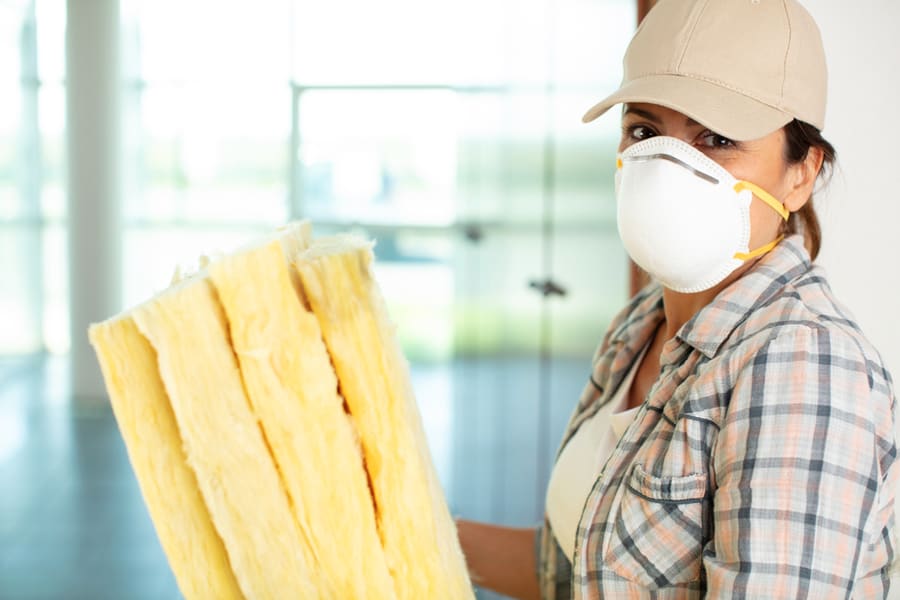
Fiberglass insulation is available faced and unfaced.
Faced insulation has a layer of kraft paper on it. This face offers a few benefits – it acts as a vapor suppressant, and you can apply staples through it to help hold the insulation in place.
The kraft paper is flammable.
Unfaced insulation does not have a layer of kraft paper. It is wedged into place or draped into ceilings or attics.
Often it is eventually held in place by drywall or other wall materials.
2. Other Fiberglass Insulation Options
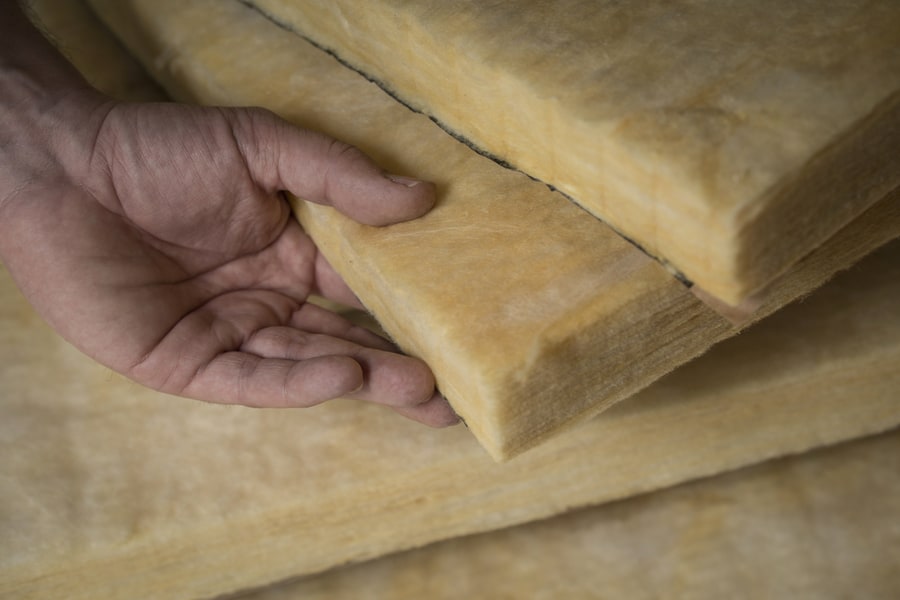
Fiberglass insulation can be purchased in pre-cut lengths (called batt insulation).
For example, a typical length of batt insulation is 93″, which fits the interior dimension of an 8′ wall. This can be easily inserted into the newly constructed wall without cutting to size.
Fiberglass insulation is also available in different widths. Common widths include 15″ (the internal size of a wall with studs spaced 16″ in the center) and 23″ (for walls with 24″ stud spacings).
Make sure you choose the appropriate insulation for your job.
Blown-in insulation is often found in ceilings and attics.
Blown-in insulation is loose clumps of fiberglass installed with an insulation blower, which can be rented from your local hardware store.
Blown-in insulation is an excellent choice if you’re looking to increase the R-value in your attic because it is inexpensive and can be installed very quickly.
Wear safety goggles and work gloves to protect yourself when installing fiberglass insulation.
A respirator should be worn when installing blown-in insulation because small particles of insulation and fiberglass are airborne during the installation process.
If inhaled, they can be bad news for your respiratory system.
R19 and R30 Differences
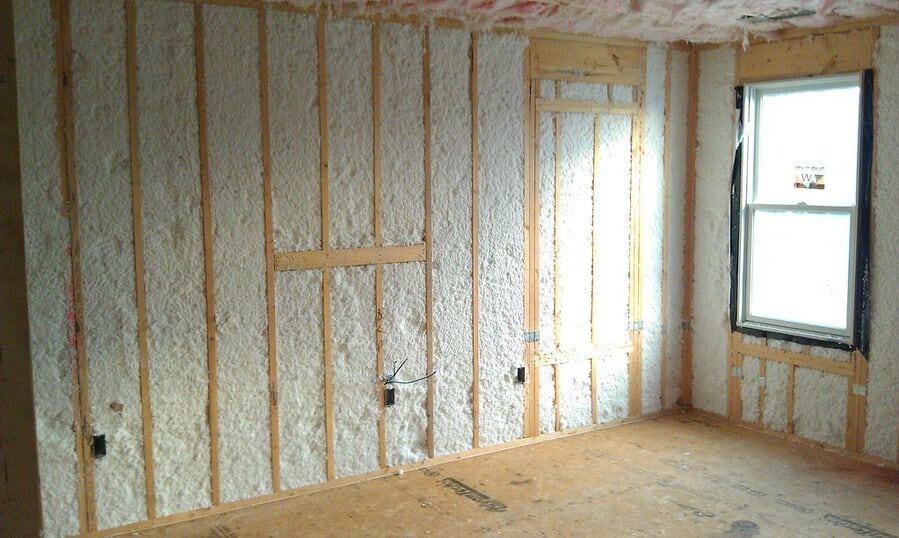
R19 insulation is 6.25″ thick and intended to be used in walls with 2 x 6 lumber. This is a common exterior wall thickness in new home construction.
Older homes were built with 2 x 4 walls, and R13 or R15 insulation was typically used.
R30 insulation is 2 inches thicker than R19, measuring 8.25″ thick. This thickness makes it suitable for use in ceilings where the joists are 8 to 10 inches thick and in attics.
The insulation your home requires will depend on the zone you are located in.
The heating and cooling recommendations and R-values for walls, floors, attics, and crawlspaces vary between states, provinces, and countries, so check online to see recommendations for your area.
Some zones have a recommended R-value of 50 for attics, which means a layer of R19 and R30 insulation may be needed.
How To Install Insulation

- Always wear gloves and safety goggles when installing insulation.
- Set up a pair of sawhorses with a sheet of wood on them, or use another flat work surface like a workbench.
- Measure the bay the insulation is going into, and mark the insulation at the length you want to cut it.
- Using a square and a box cutter, cut your insulation to length. Cut to width if necessary. Wedge the cut insulation into the bay it is going into, and secure it with staples if the insulation has a kraft facing.
- Measurements when cutting insulation do not need to be precise. Any ceilings that have HVAC runs going through them cannot be insulated.
- Always use the appropriate insulation for the space. For example, don’t try to cram R19 insulation into 2×4 walls, as this will cause it to compress, reducing its insulating properties. The space (air) inside the expanded insulation helps act as an insulator.
- Insulate all exterior walls and exterior ceilings, and attics. Insulating interior walls, like bathrooms, can help reduce the sound from pipes and drains.
- Insulating a basement ceiling can help reduce sound transmission between the floors of a home.
- Attics are chronically underinsulated. The next time you’re in yours, check the R-value listed on the insulation. To reach an R-value of 50, blown-in insulation needs to be 15″ deep.
- Adding insulation to your attic is a task most homeowners can do, and it’s a great way to save long-term money.
Save Money and Reduce Noise

Make sure all your exterior walls are insulated properly. Take a trip to your attic and see if any insulation needs to be added.
Doing so will cut costs on your energy bills and save you money in the long term.
Remember to use the right insulation for the right place. Bigger R-values are better at insulation but don’t cram R-30 insulation into a 2×4 wall.
